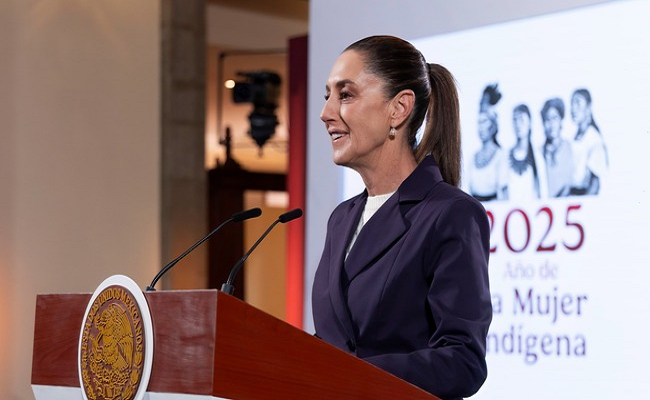Mexican Government Commits to Water Security with Major Progress in Irrigation Modernisation / @Claudiashein @GobiernoMX >>>
#FederalGovernment, #Mexico.- The Mexican Government, via the National Water Commission (Conagua), has reported significant 40 per cent progress in the National Irrigation Modernisation Programme.
This ambitious undertaking is already active in 17 of the 18 planned Irrigation Districts, aiming to enhance water-use efficiency in agriculture and secure water supplies for the population.
The central goal is to recover 2.8 billion cubic metres of water (Mm³)—an amount nearly three times the annual consumption of Mexico City—thus safeguarding a vital resource for human consumption.
Historic Investment and Producer Benefits
Mexico’s President, Claudia Sheinbaum Pardo, celebrated these outcomes during the morning press conference, stating: “We are already very advanced in the Modernisation Programme.”
The Director-General of Conagua, Efraín Morales López, confirmed that the programme includes a historic investment of over 63 billion pesos (mdp) between 2025 and 2030, set to modernise more than 200,000 hectares.
This major effort will directly benefit 225,000 producers nationwide, boosting food production through a more optimised and responsible use of water.
Four Key Pillars of the National Water Plan
The National Irrigation Modernisation Programme is a cornerstone of the National Water Plan, a comprehensive strategy built upon four fundamental pillars:
- Irrigation modernisation,
- Development of strategic infrastructure projects,
- Sanitation of rivers, and
- Regulation of concessions.
These lines of action aim to transform water-resource management, prioritise access for human consumption, and lay the groundwork for a more sustainable and productive agricultural sector, particularly in areas experiencing high water stress.
Tangible Targets for Enhanced Efficiency
For the current year, the Deputy Director-General for Hydro-Agricultural Infrastructure, Aarón Mastache Mondragón, detailed the actions consolidating the programme’s progress. Key highlights include:
- Tubing and rehabilitation of 500 kilometres of canals,
- Modernisation and/or land levelling of 6,084 hectares, and
- Upgrade of 139 wells with photovoltaic systems.
Additionally, the plan includes the installation of 11 pumping stations, 41 measuring structures, 8 diversion dams, and 1,936 gates, demonstrating a strong commitment to infrastructure for improved water utilisation.
